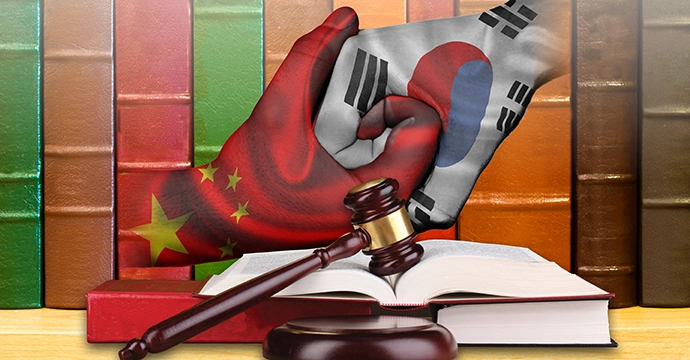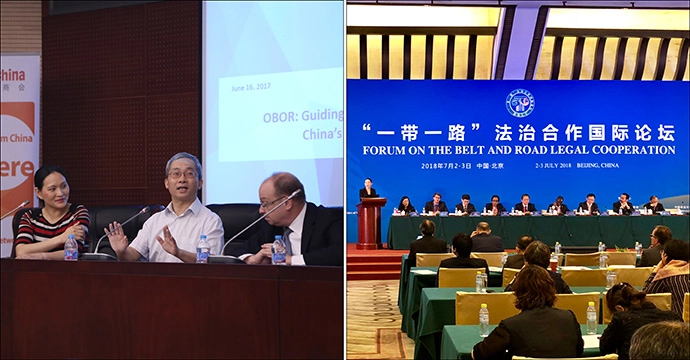China’s “One Website, Two Databases” Approach to Judicial Transparency
Image: Gerd Altmann, Seek (Publicdomainpictures.net)
To alleviate growing concerns about the future of a key website used by Chinese courts to publish millions of judgments, the Supreme People’s Court took an unusual step recently not only to confirm the continued operation of the website, but also to announce the establishment of two new databases. With the two databases, the Chinese judiciary will be able to formulate data-driven judicial reform measures and increase judicial consistency. While the databases help address deficiencies of the website, it is worth noting that the website—an indispensable platform to safeguard judicial transparency—plays a unique role in enhancing the value of these databases.Read more









